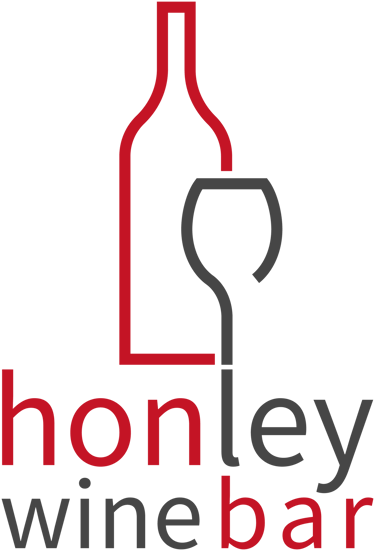Introduction to Wine
& Wine Theory
This introductory syllabus is designed for those new to wine education as well as those looking to build on foundational knowledge. Each session lasts approximately 90 minutes and is structured to be fun, interactive, and flexible—you can book each session at your own pace.
The program combines theory, practical tasting, and group discussion to encourage confidence and curiosity in wine.
You don’t have to complete all 5 sessions - if you already know some of the content, feel free to skip that session - but we do recommend completing them in order. If you've already done some wine education, e.g. WSET level 1 or 2, have a chat with us before you book about the best option for you.
Session 1: What is wine? The basics and first tastes
In this session, you'll taste three wines representing some of the classic grapes and learn the fundamentals of wine. While a lot of this content is quite simple, it underpins everything else you'll go on to learn.
What is wine? Brief history and overview
The grape: anatomy, varieties, and what makes wine unique
Key stages of grape growing and winemaking (overview)
Introduction to wine tasting: the senses and first impressions
Tasting: Three wines (white, red, rosé) from classic grapes
Fun activity: Describing wine using everyday language
Session 2: Styles of Wine – Still, Sparkling, and Fortified
In session 2, we'll expand our study of wine a little to different styles and we'll start to look at the major taste and aroma elements that define wines. You'll taste six wines in total, and the main tasting will introduce you to four very different styles as you consider how each might pair with food.
Types of wine: still, sparkling, fortified—what’s the difference?
Key characteristics: colour, sweetness, acidity, tannin, alcohol, body
How climate and winemaking affect style
Tasting: Four wines (one each of still white, still red, sparkling, fortified)
Interactive: Matching wine styles to occasions and moods
Session 3: The Art of Tasting – Developing Your Palate
In session 3, we'll look at why we use systematic tasting approaches and note-taking, and start to develop some of the tasting vocabulary you'll see on professional tasting notes. You'll work on a systematic approach to a wine as you taste it, and then you'll do your first blind tasting, identifying four grapes and regions by smell and taste (and some deductive reasoning!)
Introduction to systematic tasting approaches
Structure and flavour: learning to identify sweetness, acidity, tannin, body, and common aromas
Blind tasting: Comparing two whites and two reds
Group exercise: Building a flavor and aroma vocabulary
Tips for tasting at home and in restaurants
Session 4: Grapes and Places – Exploring the Classics
Session 4 broadens our grape selection to incorporate the "big classics" that dominate most wine shelves and wine lists. You'll try 8 wines in total, with a guided tasting through four classic examples and then a blind tasting of four to practice on.
Principal grape varieties: Chardonnay, Sauvignon Blanc, Pinot Grigio, Riesling, Cabernet Sauvignon, Merlot, Pinot Noir, Syrah/Shiraz
How grape and region influence style and flavour
Introduction to classic regions (e.g., Bordeaux, Burgundy, Sancerre, Rioja, Chianti)
Tasting: Four wines from different grapes and regions
Activity: Guess the grape and region challenge
Session 5 rounds out the knowledge you've gained over the previous 4 sessions and starts to look at how to store wine, what to do when wine is bad, and introduces the principles of food pairing in a 4-wine tasting with some small nibbles.
How to store wine (short and long term)
Serving wine: temperature, glassware, opening, and presentation
Principles of food and wine pairing: what works and why
Tasting: Four wines with simple food pairings (cheese, charcuterie, chocolate, fruit)
Q&A: Troubleshooting common wine faults and restaurant tips
Session 5: Serving, Storing, and Pairing – Making Wine Enjoyable
Congratulations!
When you make it to the end, you'll receive a certificate congratulating you on your achievement - but more importantly, you'll be much more confident ordering and talking about wines, explaining to sommeliers and vintners what you like and why (which gives you a MUCH higher chance of them picking something you'll love!), and you'll have had fun along the way and tried some great wines.
You'll also be ready to progress onto one of our regional special courses - you can take those in any order - and we'll start to include you on invites to special events (like Master of Wine-led tastings and workshops) which are only open to those with enough knowledge about wine to get the most out of them.
